GATAD2B protein is important in the development of the brain.
Understanding and knowing about the diagnosis helps to create the right team of professionals for the patient and their family, pinpointing the right therapies needed so that appropriate monitoring and treatment can be put in place.
GAND occurs when one of the two copies of the GATAD2B gene does not function as it should. The GATAD2B gene is located in chromosome 1 in a region called 1q21.3.
The condition is variable from person to person therefore medical management also differs for each patient.
If you would like to chat to us about this topic please feel free to contact us.
More on GAND
Patients are often presented with:
Developmental Delays
Intellectual Disability
Feeding & Swallowing Difficulties (particularly in infancy stage)
Gastroesophageal Reflux Disease / GERD (particularly in infancy stage)
Hypotonia / Low Muscle Tone
Childhood Apraxia of Speech (CAS)
Strabismus (squint of the eye)
Macrocephaly
Often patients have distinct facial features – epicanthal folds, high wide forehead and frontal bossing, tubular shaped nose with broad nasal tip
Some patients also develop seizures
A small percentage of patients may have heart defects (bicuspid aortic valve)
A small minority of patients have hearing impairments
Some patients may have bone problems, osteoporosis / osteopenia along with more frequent breaks and fractures (however this is still to be researched and further details are to be communicated in due time)
Patients are often presented with:
Developmental Delays
Intellectual Disability
Feeding & Swallowing Difficulties (particularly in infancy stage)
Gastroesophageal Reflux Disease / GERD (particularly in infancy stage)
Hypotonia / Low Muscle Tone
Childhood Apraxia of Speech (CAS)
Strabismus (squint of the eye)
Macrocephaly
Often patients have distinct facial features – epicanthal folds, high wide forehead and frontal bossing, tubular shaped nose with broad nasal tip
Some patients also develop seizures
A small percentage of patients may have heart defects (bicuspid aortic valve)
A small minority of patients have hearing impairments
Some patients may have bone problems, osteoporosis / osteopenia along with more frequent breaks and fractures (however this is still to be researched and further details are to be communicated in due time)
Our Mission
Research
GAND AID UK’s aim is to collaborate on and help fund medical research projects. Further research will enable us to share updated medical literature with our community. Understanding GAND further will provide information and findings along with possible treatment opportunities.
Support For Patients & Families
From diagnosis into adulthood we are here to support families and patients, to offer therapy options not available on the NHS. To share knowledge and information on early intervention and pre existing therapies that will enable development and support.
Community Development
Through advocacy and education, we aim to enlighten the public about GAND Syndrome. We also aim to engage with Medical Professionals to deliver informative projects on and about GAND. By creating our community we aim to have a supporting team of fundraisers that advocate and drive awareness. By building our GAND community we strive to be a patient led charity to really give the patients and families the very best options available.





